Motor biking combines intimacy with the landscape with the speed and excitement of motor transport. There is nothing like feeling the wind, the two-wheel maneuverability, and the acceleration of a motorbike. The sights, sounds, and smells are much more accessible than when traveling by car, and there is the advantage of better gas mileage. Motor biking can be a fast way to get around the countryside, especially by taking shortcuts off the main road. Many roads and trails that can’t accommodate a four-wheel drive vehicle can be negotiated with a motor bike. Bikes can also be transported across Ethiopia’s many rivers by small boat. On the downside, many roads are dusty, and the fine dust coats the face and gets everywhere. Punctures can also be an issue. But with Ethiopia’s constantly changing landscape, all of these problems are easy to forget, as the stunning scenery more than makes up for them.
Popular daytrips on motorbikes start with the mountains around Addis Abeba. While these are also accessible by mountain bike, the increased range of a motorbike means that trips to locations farther afield are also possible in a day. These include Zuquala Crater Lake, Aba Samuel Reservoir, Debre Libanos and the Portuguese Bridge, the Abay (Blue Nile) Gorge, Wonchi Crater Lake, Ankober and the Wof Washa Forest, and lastly the Menz-Guassa Community Conservation Area, which are all accessible within a day. The last three can easily be turned into weekend trips, as well. Other great weekend trips include the Rift Valley Lakes of Ziway, Langano, Abiata, and Shalla; the Guraghe Zone countryside between Weliso and Hoseana; Fincha Lake; and Awash National Park.
Of course, motorbikes can also be used for cross-country travel such as the northern historical route or the southern cultural route. For the latter, this can be a real advantage, as the roads are often in very bad condition in the south and traveling beyond the main routes reveals more authentic culture, less tainted by tourism. If in the south, don’t miss Chew Bahir (Lake Stephanie). Much of this lake is often dry, and the vastness and flatness of it enables blind riding at full throttle without worrying about hitting a thing. There is also often a lot of wildlife to be seen of the hoofed variety.
In the north, riding makes it easier to get off the beaten track, such as the scenic mountain road between Kobo on Route 1 and Lalibela or the more direct route than Route 1 between Axum and Lalibela, which passes through Sekota.
The unique thing about motor biking anywhere in Ethiopia is that, if desired, it is possible to get just about anywhere over distances of hundreds or even thousands of Kilometers without riding on asphalt. But, no matter what routes are taken, whether major or minor, it is important to always keep on the lookout for the ubiquitous and unpredictable donkey (as well as other moving obstacles) to be able to enjoy the ride all the way to the end.


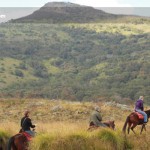

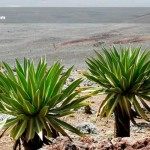
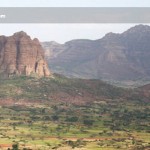
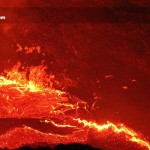
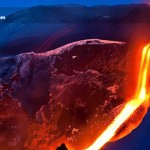
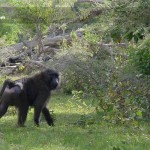
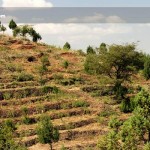
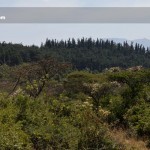
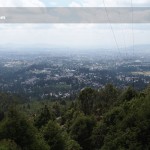
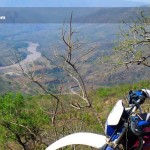

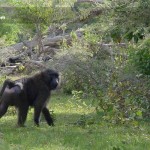
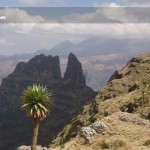
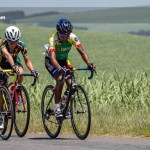
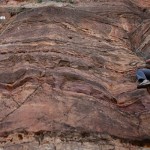
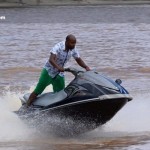
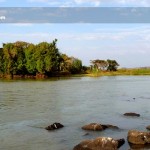
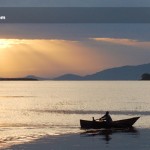
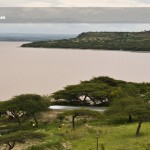
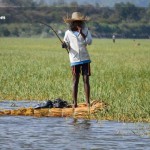


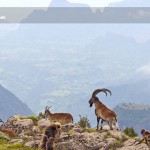

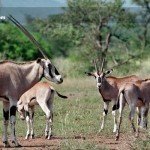
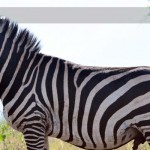
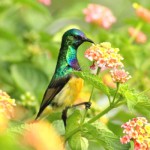
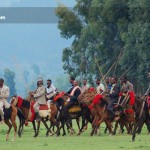
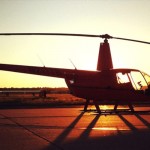
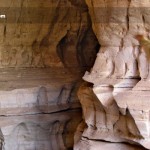
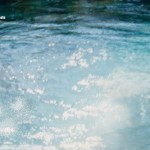
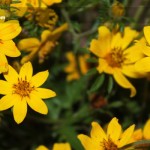
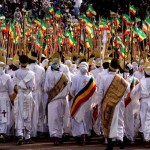

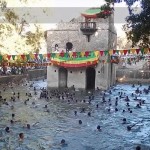

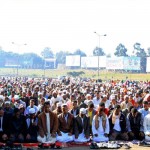



Recent Comments